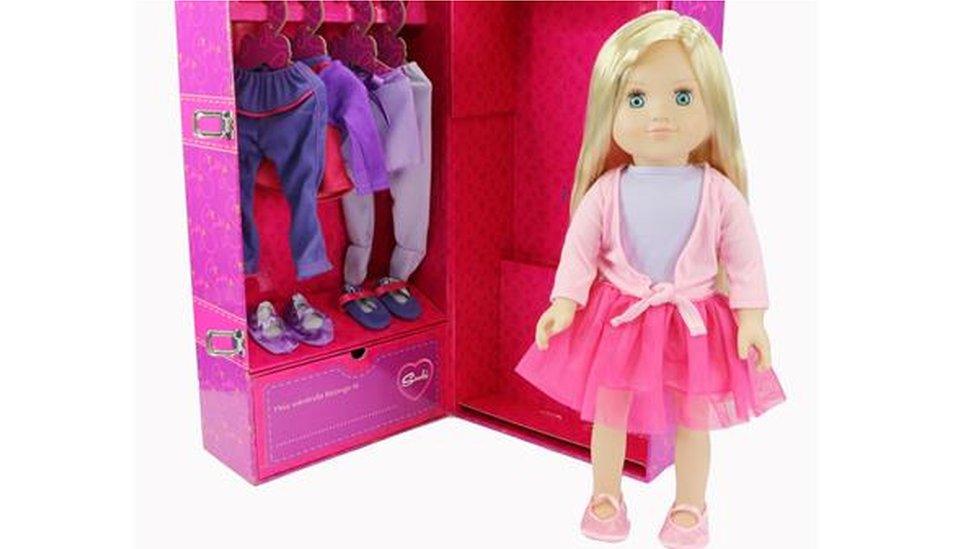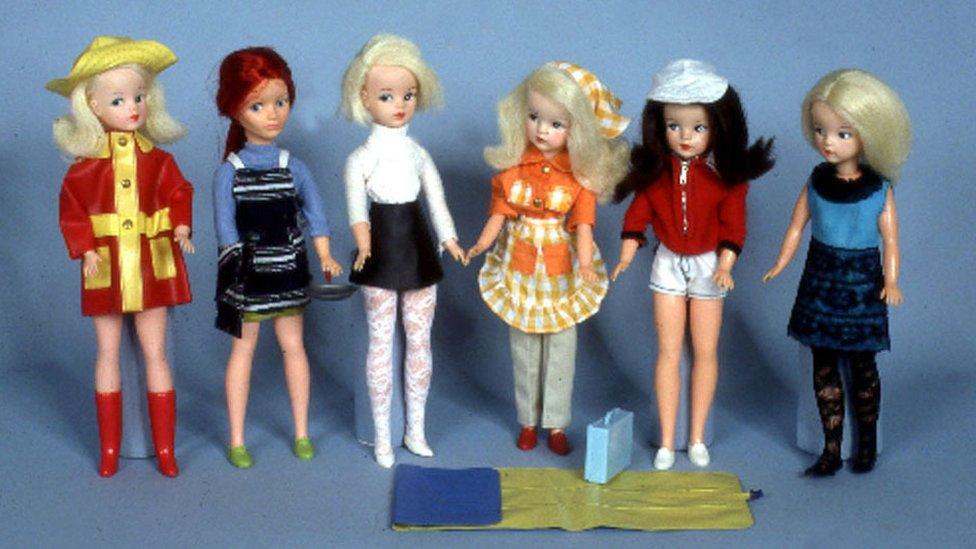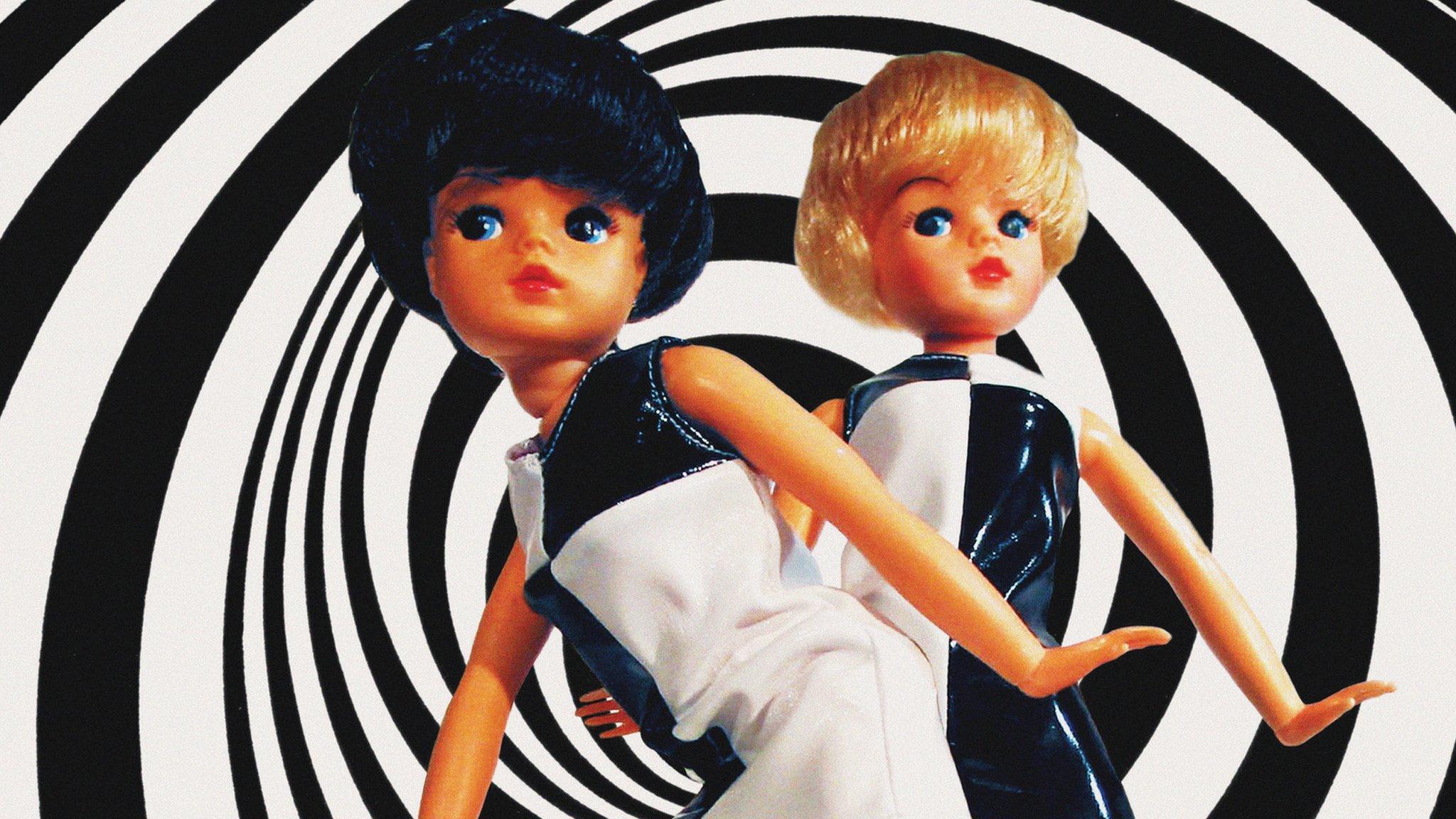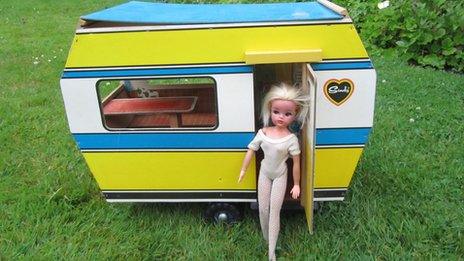Sindy doll revamped and back in the shops at Tesco
- Published

Sindy first hit the toy market in 1963
The Sindy doll, one of the most popular toys of the past 50 years, is making a comeback after being revamped by Tesco.
The supermarket has given Sindy a new look and made her seven inches taller.
Sindy was created as a British girl-next-door alternative to the more glamorous US Barbie doll and at the peak of her popularity in 1985 had an 80% share of the fashion doll market.
"We've restored her beautiful and unique look," said Tesco's head toy buyer Dawn Lavalette.
"We worked with our own top fashion designers to come up with a dazzling new range of clothes.
"We also think that many mums out there, who were fans of the original doll themselves, will secretly want one too."

Sindy timeline
September 1963 - Sindy is born! Exeter company Pedigree Toys launch the doll with a range of clothes and accessories to match the fashions of the time, including her Weekender outfit
1966 - Sindy is no longer an only child, as she is joined by little sister Patch
1971 - A remodelled Sindy hits the shops
1975 - The Sindy styling head is introduced with hair that can be washed, set and shampooed! In the same year, a fully-jointed active body, dressed as a ballet dancer, is launched
1981 - Sindy now has her own three-floor mansion with roof garden and outdoor lift

Sindy dolls through the years
1986 - A new Sindy doll with a new face and brighter smile hits the shops
1991 - Sindy changes again to look more like 90s pop stars
2005 - The launch of Sindy Petite makes her the world's smallest fashion doll
2007 - The last 11-inch Sindy is launched
2009 - With the demise of Woolworths, Sindy disappears from the high street shops

Sindy, now 18 inches tall, will have 11 outfits, eight pairs of shoes and accessories while she will also have the company of three friends - Zoe, Kate and Laura.
Ms Lavalette added: "This is just the start of the Sindy revival and next year we will have a whole range of exciting additions for customers to add to their collection, including more playsets and stylish outfits."
Sindy's popularity declined in the second half of the 1980s as more Barbie dolls began to be sold.
After a makeover made Sindy look more like her American rival, there were legal battles with Mattel, the makers of Barbie, who felt their product was being copied.
Sindy was changed again but the sales slump continued and the end of Woolworths was also the death knell for Sindy - until now.
- Published2 July 2012

- Published2 July 2012

- Published3 July 2012
